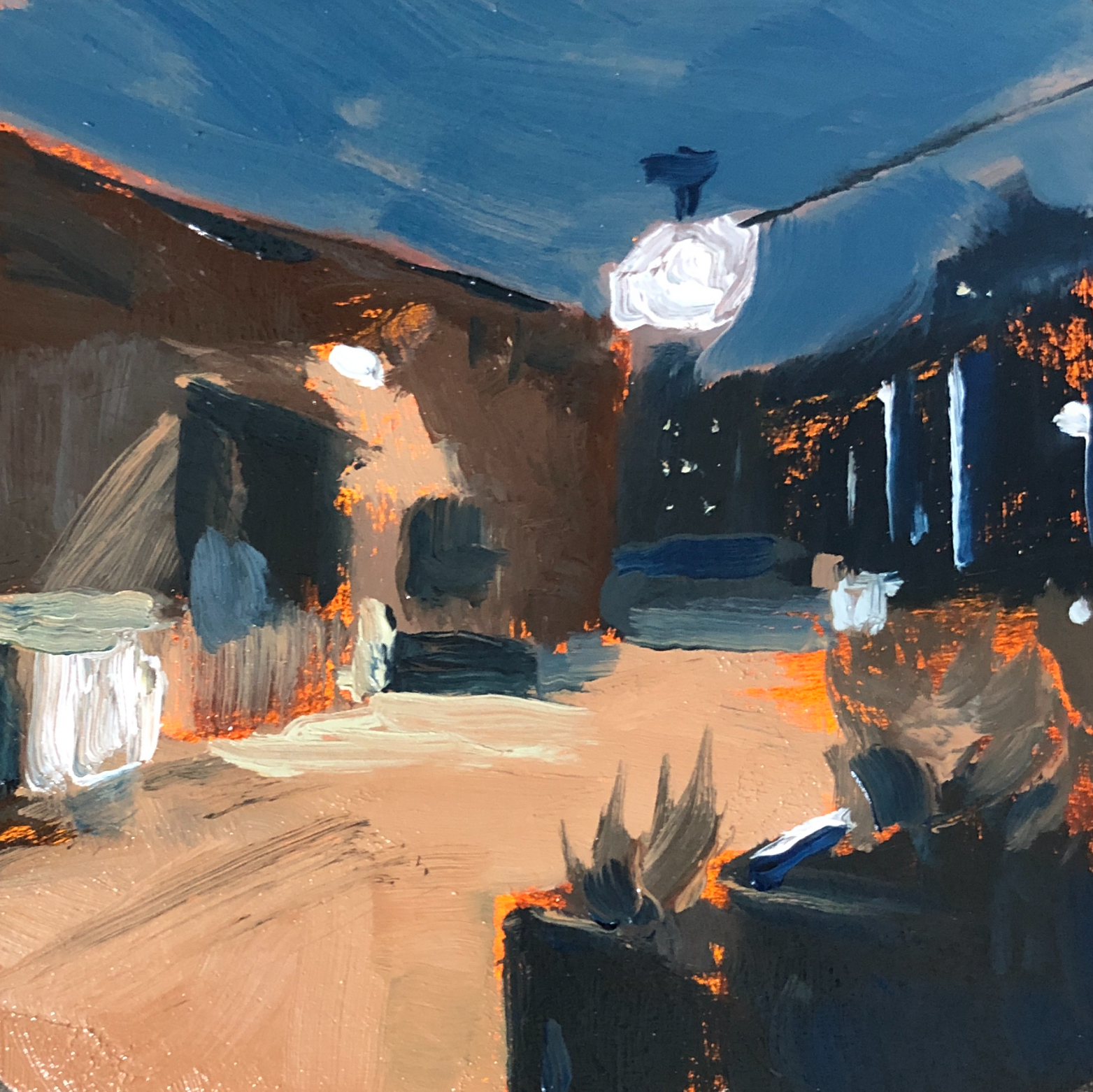Today let’s discuss how to turn a form with color temperature rather than with value alone.
First let’s define turning a form. A form in art jargon is a three dimensional object, as opposed to a shape, which is two dimensional. See the example below.

So turning a form often involves making a shape three dimensional, by adding values or temperature shifts.
Often, highlights are warmer and shadows are cooler, especially in landscape painting. In the example below, the sphere appears to be three dimensional with light on the right and shadow to the left.

You can use this knowledge to create form in your paintings with color before resorting to value alone.
In the example below, you can see warm colors in the highlights and cooler colors in the core shadow of the apple.

This technique is also used in portrait painting quite a bit, where using color temperature can suggest very subtle shifts in the form and skin tone.
As an exercise, you can try painting some spheres using just yellow, blue, and red. Avoid using black and white for shadows and highlights. This can help with mixing skills and with getting a feel for the effects of color temperature.
Do you use color to turn your forms? Feel free to leave a comment or question. I’d love to help you on your painting journey.
Stop back tomorrow (and every day) for more tips and lessons.
Tomorrow we will discuss color temperature further and what warm and cool colors actually are.
Stay inspired,
Bry

